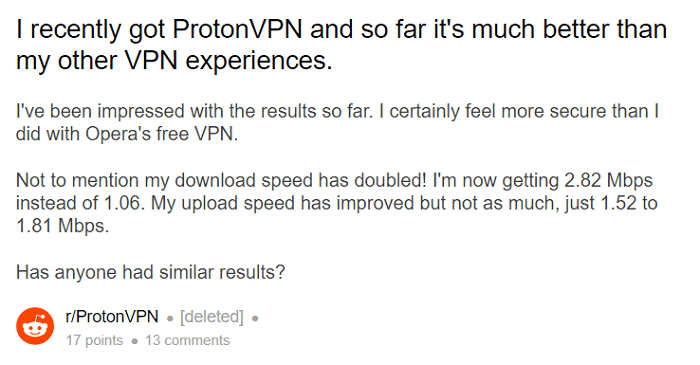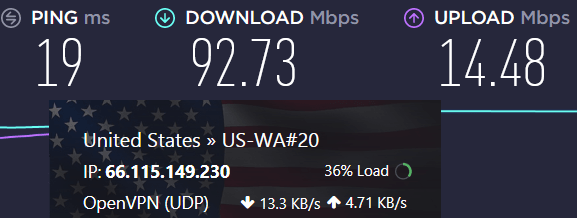

It gives you access to basic servers, which comes with P2P support and NetShield feature.

The basic plan starts at $48 per year or $5/month if billed monthly. However, with their transparency through open-source applications and some unique features, it is an attractive offering. ProtonVPN is on the expensive side of VPN services. It is worth noting that ProtonVPN does not support IPv6 and blocks IPv6 traffic by default.Īdditionally, you can also try using DNS leak test tool to see if it detects your ISP’s DNS. Previously (almost a year ago), I did encounter some servers that were leaking IPv6, but looks like that is not a problem anymore. To do that, we’re going to use an effective and popular online tool - Īnd that looks to be perfectly fine, which is a good thing. I shall highlight the differences in the pricing plans next, but before that, let us test whether ProtonVPN manages to successfully hide the IP address and DNS while using it. And, if you opt for a paid plan, no matter whether it is the “Basic” or “Plus” subscription, you should easily be able to find several server options with minimal load. You get a wide range of server locations from across the globe. ProtonVPN Server Availability and IP/DNS Protection Test
#Protonvpn review torrent
And it should be comfortable enough to easily utilize torrent clients for Linux as well. It could have been worse, but I think that’s something that you can work with. This is what I ended up with when choosing a Singapore-based Secure Core server:ģ00+ ms ping, 80 Mbps DL, and 53 Mbps UL.

Undoubtedly, if you opt for Tor over VPN or Secure Core servers, it may have a significant hit on your Internet speed. This also tells us that you need to try a number of server locations available to find your best fit for performance and privacy.

However, it integrates with the system tray, giving you a way to quickly disconnect or connect when needed.Īnd, with 86ms ping, 90 Mbps DL / 74 Mbps UL, it is certainly impressive and doable. Unfortunately, you do not get a choice to tweak the protocol of your connection with the GUI app.īut, you can choose between TCP/UDP using the command-line interface. The application is user-friendly, so we’ll start with how useful it is.Īs you can notice from the screenshot above, it is quite simple, with options to enable features like NetShield, Kill Switch, and Secure Core. ProtonVPN lets you use the command-line interface (CLI) or the GUI app on Linux. Now that you know what you can expect from it, let us go through some of the details. Secure Core server is another layer of protection (connecting any remote VPN server through a VPN server owned by ProtonVPN).īoth of these features are only accessible to paid subscribers.NetShield lets you block advertisements and trackers when you visit websites in the DNS-level.Multiple protocols supported-IKEv2/IPSec, OpenVPN, L2TP, PPTP.All open-source apps and independently audited.While many of the features will be common to every other VPN of your choice, some are unique to ProtonVPN: So, among privacy-oriented VPN services, ProtonVPN deserves some attention, I think.īut, is it worth it? How good is it? Can you use it for free? What exactly does it offer you if you pay?īefore I dive into some details, let me highlight the features that it offers.


 0 kommentar(er)
0 kommentar(er)
